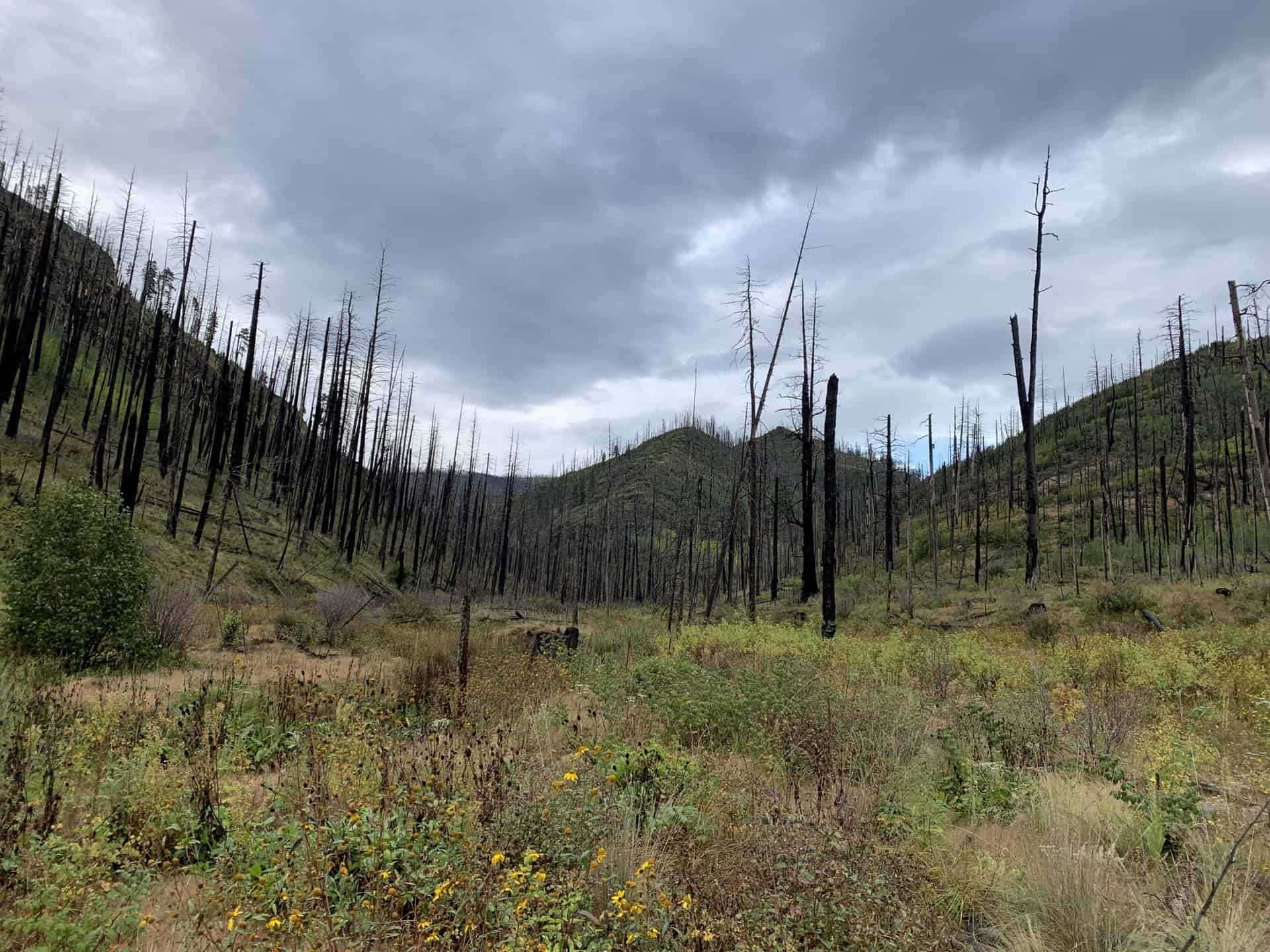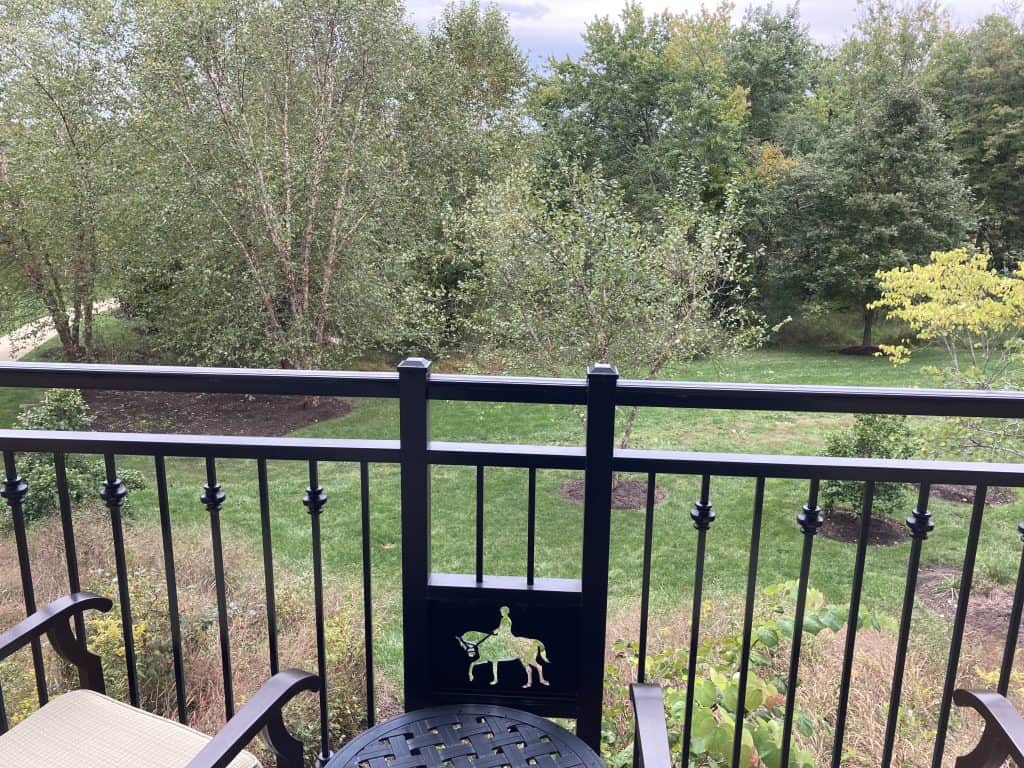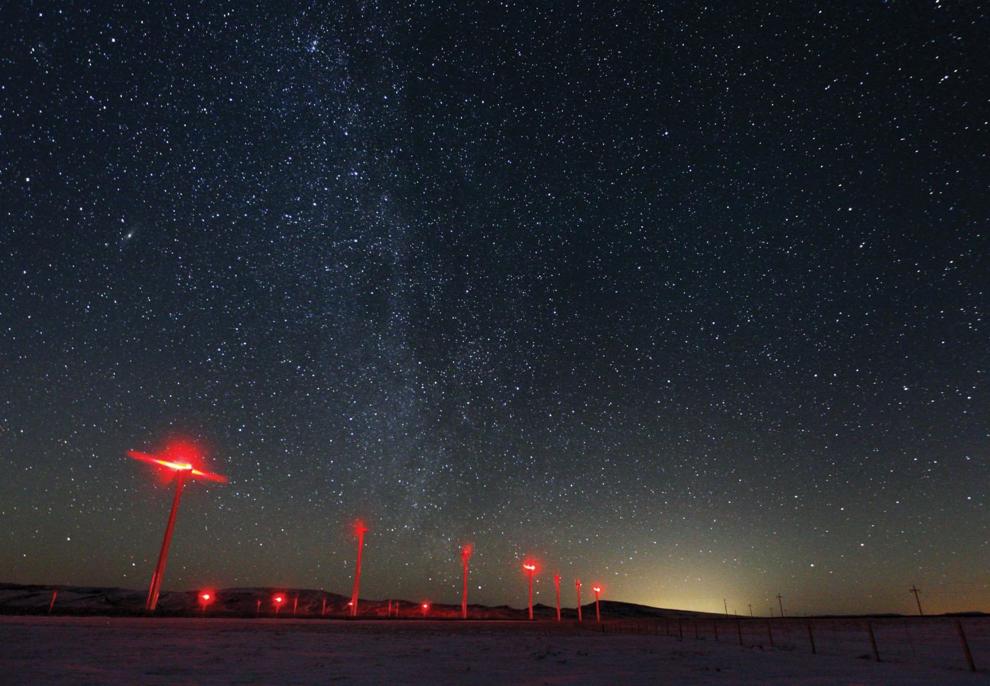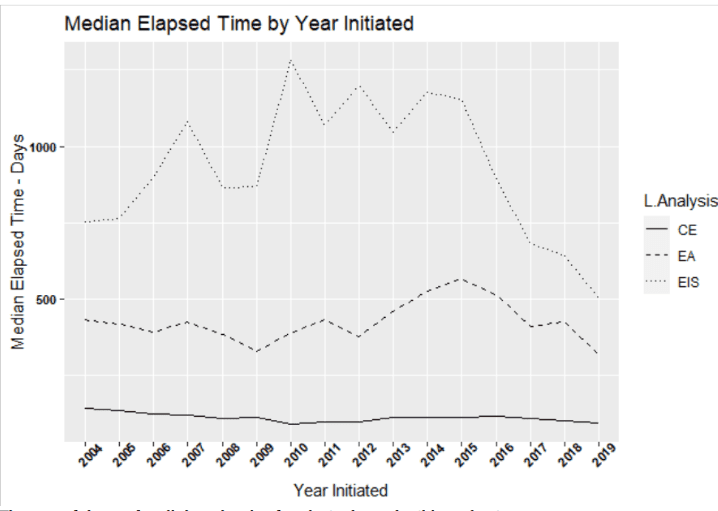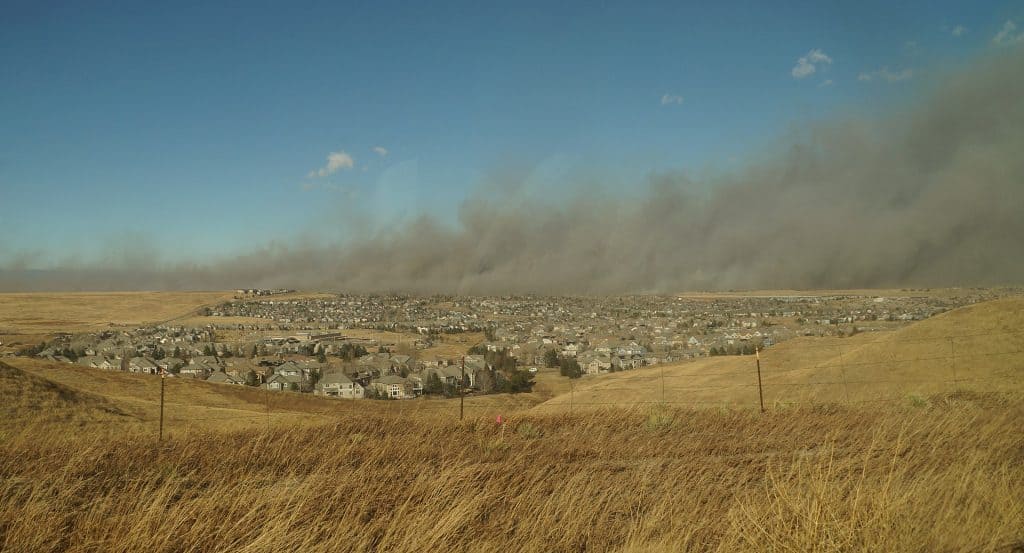
Thanks for all the thoughtful comments on the last post. Today I thought we might dive into a real-world example of the pros and cons of using the DCN (Dominant Climate Narrative) on a specific incident. Note: I am not saying AGW did not contribute.. I don’t think anyone knows for sure. But let’s try to look at all the factors and think about solutions. My proposition is that the DCN and other popular narratives overwhelmed other observations and conclusions which did not fit.
I’ll use the Marshall Fire as an example.
First, let me start off with a pre-DCN story, from probably forty years ago, and probably in south Central Oregon, where I was working at the time. I noticed that every year was expected to be a bad fire year. Here are the two options. 1. It rained/snowed a lot so a lot of vegetation will grow and dry out and there will be greater fuel loadings. 2. Winter was dry so everything will be drier so there will be fewer fuels, but they will be drier. Either way, it was going to be a bad fire year. That was then.
Then let me show how complicated this is in reality, especially in monsoon country. I’d like to give a shout out to Dr. Matt Reeves of Rocky Mountain Station for modelling, getting feedback from people on the ground, and fixing their models based on real world observations. Check out this video in terms of the complexity.. like he says, depending on when the monsoons come, warm or cool season grasses respond differently. Also note that in parts of the west, if it’s too dry, there is very little in terms of fuels; he’s got an excellent example of that.
Anyway, back to the Marshall Fire. It was a grass fire in high winds that burned through several urban or suburban communities in the Front Range north of Denver last December. I paid particular attention to it because where I live also has many grass fires in high winds, including a recent one right out my office window.
Caused by Climate
Let’s also look at the exact words used in news stories, as the idea of “causes” is pretty complex. Any journalism grad students out there interested in doing a study? In this Colorado Public Radio story, they quote someone who said it, not exactly the same as claiming it themselves.
“The impact of climate change was undeniable in the Boulder County fires
Regional land managers draw a clear line between the fire and climate change.
“This is a result of climate change,” said Stefan Reinold, the resource manager for parks and open space in Boulder County. “It is impacting communities across the west. This drought and having no snow is outside the norm.””
Or in this article, it’s “the face of climate change.”
But what did our science friends at NOAA say?
High winds, even with occasional hurricane-force gusts, are not unusual in this “foothills” region, where the eastern prairies meet the Rockies. The day of the windstorm, atmospheric pressure dropped sharply east of the Rockies, and strong downslope winds followed. At the base of the foothills west of Denver, wind gusts reached 100 miles per hour.
But winds alone didn’t account for the destruction. In the months leading up to this wildfire, climate conditions set the stage for a disaster. The spring of 2021 brought unusually wet conditions, encouraging vigorous plant growth. Starting in June, though, precipitation levels fell below average, and remained well below average for the rest of the year.
OK, so after unusually wet spring (is that AGW also?) precipitation below average and temperatures above average. But of course averages are averages because.. some observations are higher and some are lower. I would have said “the dry conditions we experienced (not the wet ones that encouraged plant growth) are predicted to become more likely under AGW.” That is very different from being a “result” of climate change. Also there is a difference between the same conditions that used to happen, happening more frequently (we know how to adapt, and have to just do those things more often) and things that never happened before happening (where we need to respond differently). I’m not sure that distinction is often made.
Ignitions
This fire was what we call “human caused”. Generally we think wildfires caused by humans are, at least to some extent, their fault and we hold them responsible (hence, prosecuting arson). So I think we need to think this through- it seems like a possible defense for people who start wildfires.. “but for climate change, the fire I started would not have burned up forests and homes, so you can’t hold me solely responsible.” For example, Sierra Pacific and the Moonlight Fire.
We apparently still don’t know exactly what “started” (in the used-to-be-considered causal sense) the Marshall Fire. Contenders include people being irresponsible, something to do with electric wires, and coal seam fires. It seems to me that lighting fires in areas with dry grasses on windy days is a bad idea, regardless of climate change. So, while we are working toward our goal of decarbonization, perhaps it would be useful to focus on improvements in reducing ignitions.. remember the old Smokey Bear.. “only you”? Maybe it’s time to bring him back..
The Frequently Maligned Cow and Grassy Fuels
Note that Boulder County Open Space Wildfire Risk Management talks about how the Open Spaces “evolved with fire” and includes “tree thinning, livestock grazing, prescribed burning and weed management.” It also includes fire prevention (anti-ignition) practices and education. On the TV news coverage, I saw a rancher who showed how the fire had burned right up to a grazed pasture. While overgrazing removes too much plant cover, it’s pretty clear that (cattle) grazing reduces grassy fuels. It’s also pretty clear that that helps both with AGW-related drying and natural variability related drying. Cows can be good!
Fires are Now in Cities/Suburbs Due to Climate Change
The Denver Post boldly says “Marshall firestorm shows Colorado suburbs now vulnerable as climate warms”
We are sitting ducks to the repercussions of the climate that we have to deal with year-round
Patty Limerick, noted western historian at University of Colorado, has a different take.
In the last half of the nineteenth century, fires regularly laid waste to Western towns and cities. In April 1863, a fire swept through Denver, leaving “most of the eastern half” of the town “in blackened ruins.” Flagstaff, Arizona, was an epicenter of cyclical combustion, with major fires in 1884, 1886, and 1888. In 1889, three major cities in Washington Territory — Spokane, Ellensburg, and Seattle — went up in flames, leaving their residents hard-pressed to rebuild. In that same year, the residents of Durango watched a fire destroy their downtown.
Throughout the West, Euro-American settlers harvested timber from local forests or sometimes imported ready-cut wooden houses for on-site assembly. They then packed these structures close to each other, with little or no preparation for emergency water supplies. Frequent, devastating fires became a feature of Western urban life. When people caught onto the pattern, they made more use of building materials like brick and stone, created permanent fire departments, and set up better systems for supplying water to firefighters.
Solution: Fire Suppression?
And so, as Limerick points out, we now have suppression folks who are endlessly well.. putting fires out.. of whatever contribution from AGW.
Here is the After Action Report on the fire, so what suppression folks feel that they could have done better. The Colorado Sun had an article here on the AAR. There were communication problems, power knocked out a water plant. I suppose all Front Range fire folks will be reviewing the AAR.
Densification, Evacuation and Public Transport
In case you haven’t noticed this (I was on the El Paso County Planning Commission) it is considered cool, noble and environmentally best to advocate for dense housing and people using public transportation. However, the evacuation during the Marshall Fire (including the livestock evacuations by volunteers from around the Front Range and beyond) was amazingly successful. One wonders if those folks hadn’t had personal vehicles, would that have been as successful? Something to think about.
There was this story in the Denver Post “closely built homes helped Marshall firestorm spread”
The insurance industry researchers determined that the Marshall firestorm, as it spread from grasslands into houses, accelerated because flames found abundant fuel and radiant heat ignited closely-packed structures, adding to the ignitions from wind-whipped embers.
“Conflagration happens when you get that proximity,” Roy Wright, chief executive of the insurance institute, said Thursday as his team began their investigation.
Spacing closer than 12 feet favors fire, researchers have established, and gaps between homes of 50 feet or more are advisable, Wright said. “Dispersion is one way to eliminate the domino effect” and with greater spacing “you would not have had so many structures lost.”
**************
As you can see, managing people and fire is complex. Maybe AGW makes it more urgent or more important, and I’m fine with that framing. But as we’ve seen, the solutions are far more complex, and local, and less simplistic than some would believe. Certainly if we banned fossil fuels tomorrow (including fire and emergency vehicles, and air resources, of course), we would still need to deal with wildfires, grasses, wind and all that.
And then the next day it snowed. So there’s just plain old bad luck.


